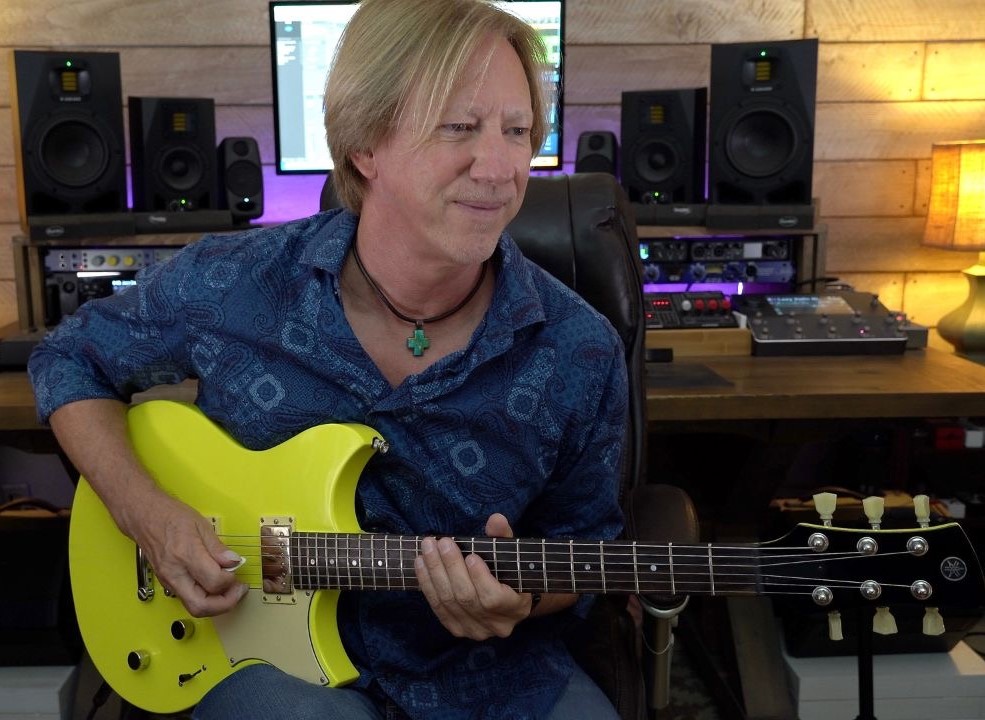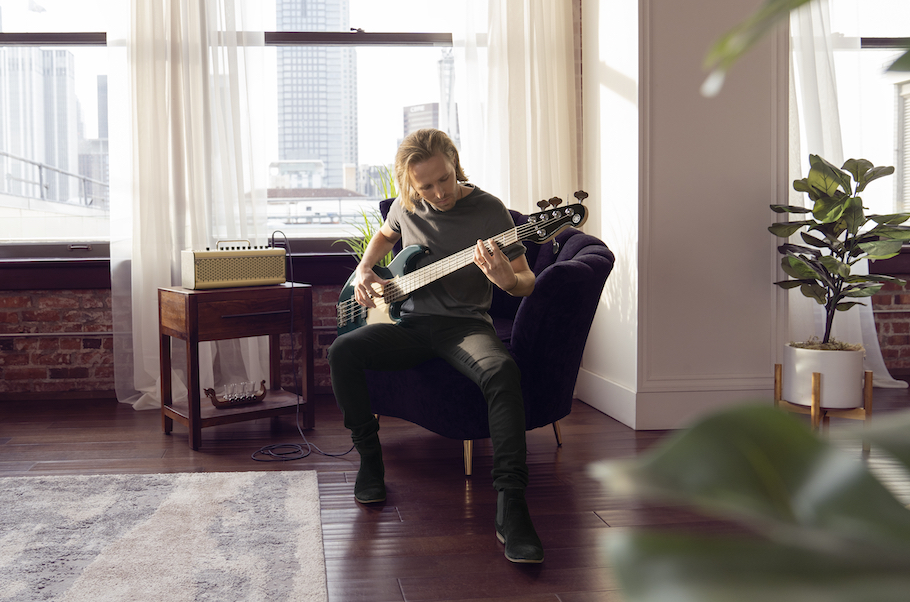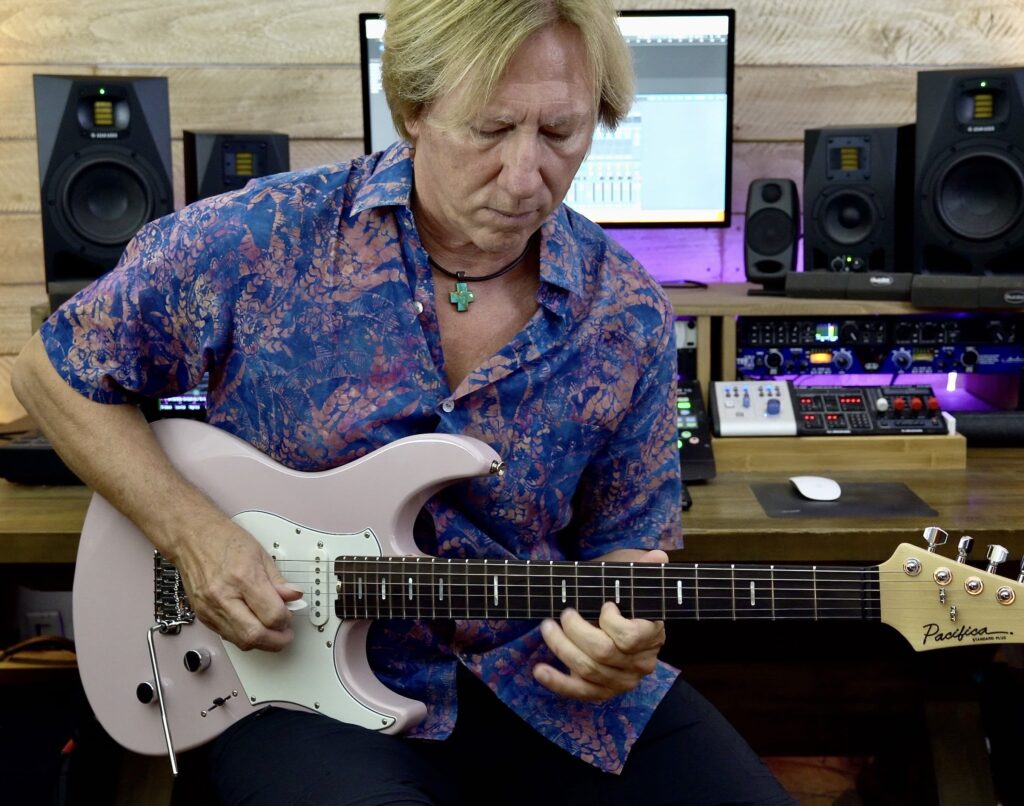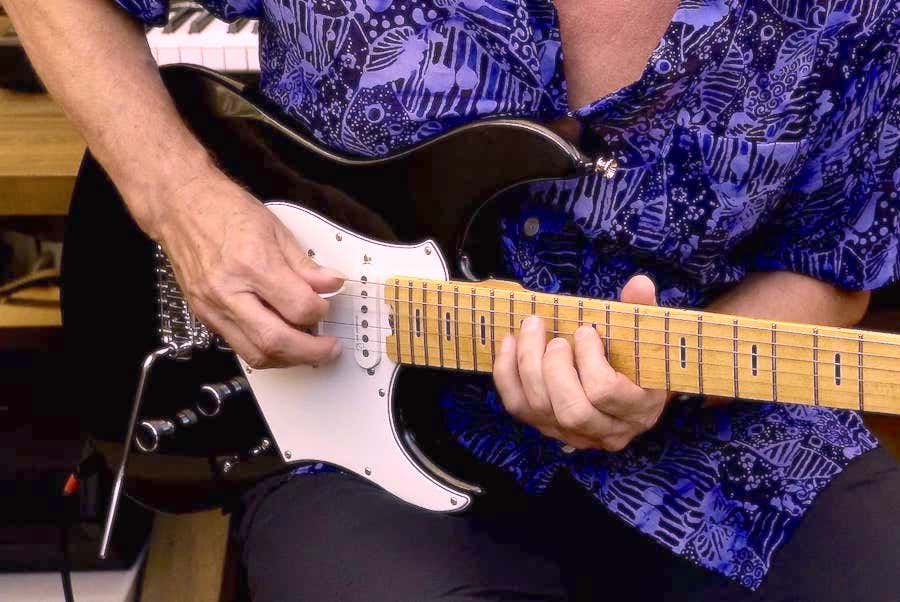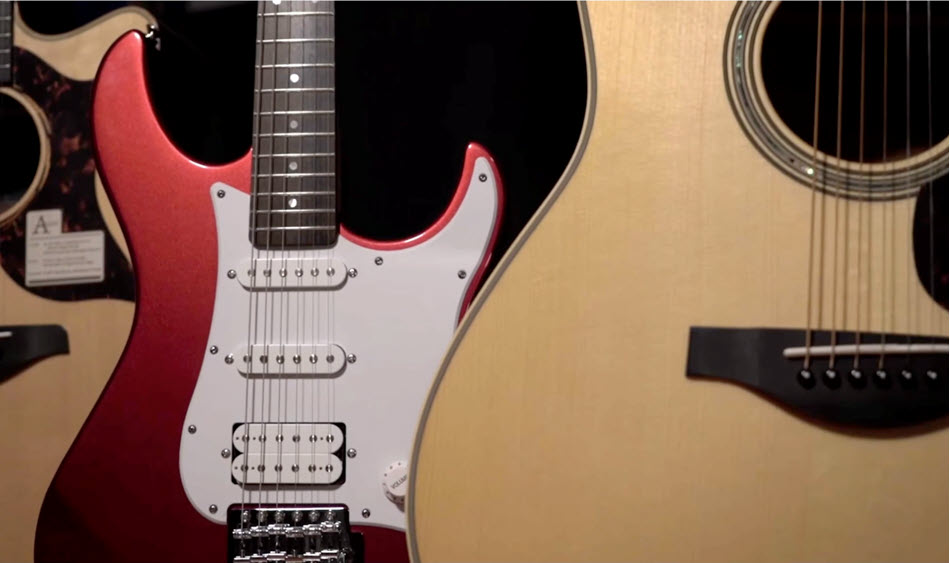Tips for Playing and Singing Solo
Take the stage with confidence.
In a recent blog, I explored the physical skillsets required to sing and play guitar at the same time. But it also takes desire, focus and hard work — and, sometimes, the heart of a lion — to make the transition from bedroom rehearsal to live performance, especially if your goal is to be a solo performer. In this posting, I’ll provide some tips for making that transition go smoothly so you can take the stage with confidence.
The Songs
Choosing your repertoire will be one of the most important decisions you’ll make as a solo artist. I have a personal rule: If I don’t like a song, I won’t play it. The audience can tell when you are loving the material, and when you’re being your authentic self as a performer, so you’ll want to be inspired by the music you’re performing.
Figure on nailing down at least 30 songs — enough for a three-hour engagement — though more is better. You should also learn some crowd favorites in case you get requests from the audience. Always better to give ’em what they want than to have to say no.
Volume and EQ
This may sound obvious but it’s important that your vocals always be louder than your guitar. It’s common sense: the melodic instrument — in this case, your voice — should “sit” on top of the harmony accompaniment. All too often at live shows the vocals get buried by the instrumentation. Take time to dial in a good vocal/guitar balance.
I prefer to start my first set at a nominal level. I’ll then ask management to let me know if they’d like more or less volume. Unless they specifically ask your opinion, let the hiring party decide what works best for their room or engagement.
Next, consider the frequency equalization between your voice and your guitar. The balance of lows and highs will vary depending on the body size of the guitar you play. As described in this blog posting, the larger the body size, the more the bass response.
Unfortunately, vocals and guitar tend to occupy similar frequencies, so you’ll likely have to use equalization to reduce or enhance (cut or boost) the lows, mid and treble frequencies in either instrument, as required. I often find it necessary to EQ my vocals to give them more presence in the mid- and upper-mid frequencies. Use your ears before you make any adjustments, though. If everything sounds good, resist the urge to tweak, and step away from the control panel!
One last tip: If your PA system sounds muffled or boomy, try raising the speakers off the floor by putting them on stands or tables. “Coupling” (how the speaker interacts with the floor or nearby surfaces) can occur, and this often affects the clarity and bass response of the speakers. Moving the speakers away from walls and corners will also reduce this effect … or, conversely, you can move them closer if the sound is thin and lacks low-end information.
Feedback
Often the venue management will have no concept of how the acoustic environment and space restrictions affect our sound and ability to control the volume and tone. I always make a point of politely explaining that my stage volume is dependent on my proximity to the speakers. That’s because resonant feedback (high-pitched howling) can occur if an acoustic guitar and a microphone are in front of the PA speakers, especially at high volume levels.
To combat this, try moving in line with the speakers or behind them, or reduce the volume. Unfortunately, if your sound system is also serving as your onstage monitor (which is often the case in smaller venues), you’ll find it harder to hear your vocals and guitar from behind the speakers. Try to find a good compromise between volume and your position relative to the speakers.
If you have a good knowledge of live sound, you may be able to notch out any problematic feedback using the PA system’s EQ controls, particularly if they offer a graphic or parametric equalizer. Some acoustic guitars, like Yamaha A Series models, feature an AFR (Auto Feedback Reduction) control, activated by pressing in the guitar’s onboard bass knob (shown below). AFR can analyze, find and reduce any feedback problems that may occur during a live performance.

Effects
Effects such as reverb, delay and chorus are commonly applied to both guitar and vocals. Judicious use of these can enhance your sound and add professional studio-quality polish to your performances.
If you have a particular pedal or effect that inspires you and gives you that extra spark when you perform, bring it along. At solo gigs, my guitar and vocals are processed through a Line 6 Helix in stereo. Settings for all the songs I play are programmed and saved within Helix as a series of setlists for various performance situations. Without Helix, my sound just doesn’t light me up!
It’s best to think of reverb as being the simulation of an acoustic space, so reduce your reverb level and/or decay time if you are already performing in a very reverberant (“live”) room, which will be the case if there are concrete floors or large windows, for example. (That’s why I always bring a rug to stand on at gigs.) On the other hand, if the room is very dry-sounding due to there being curtains or a lot of carpeting on the floor, or if you’re playing outdoors with no reflective surfaces nearby, you may want to increase the reverb amount or delay time to compensate.
More often than not, performers sound-check when the room is empty. However, the acoustic space will always sound drier when the audience fills the venue for the simple reason that human bodies (and the clothing they are wearing) absorb sound. Make adjustments to your EQ and effects (if needed) once you’ve played your first couple of songs.
The PA System
My PA system of choice is the compact and portable Yamaha STAGEPAS 1K Mk II, which includes a powered mixer, a line array speaker and a subwoofer. I find that this faithfully reproduces the sound of my voice, guitar and percussion across all frequencies. The J-Curve dispersion of the line array allows me to monitor my own sound as I’m performing and at the same time delivers pristine, well-balanced tones to small and large audiences alike. At larger gigs, I run two STAGEPAS systems for beautiful stereo sound that even the most discerning listener can appreciate.

The built-in five-channel mixer with EQ and effects (shown above) handles any input requirements from multiple sources (via XLR and 1/4″ connectors) and these inputs can all be controlled from a mobile device via a free Bluetooth® app.
The Microphone
I suggest taking a little time to find a microphone that is optimal for your voice. Every part of your signal chain is significant, but this is one of the most important, so far better to bring along your own mic to gigs than to rely on the one(s) at the venue. Product reviews are helpful, but nothing beats trying the microphone with your voice and PA system.
I made a considerable investment of time and money finding the right mic for my voice. After considerable experimentation, I found that I needed a brighter sounding microphone to lend clarity to the depth of my vocals.
The investment was well worth it. I’ve had the microphone for many years now and have received countless compliments on my vocal sound.
The Video
In this live performance video, I’m playing a Yamaha A Series A4K LIMITED acoustic guitar through two Yamaha STAGEPAS 1K systems, with both the guitar and vocals running through a Line 6 Helix processor, where all the EQ and effects adjustments are made in stereo.
You’ll notice that my vocals sound clean and clear above the guitar signal, and the slide guitar stands out over the guitar loop during the solo and coda sections. All these details are meticulously thought out and programmed beforehand.
The Guitar
The Yamaha A Series A4K LIMITED is the same guitar as the A5R western body cutaway, but with an all-solid Hawaiian koa top, back and sides instead of solid Sitka spruce and rosewood. The Hawaiian koa adds a nice warmth to the mid-range tone of this instrument.
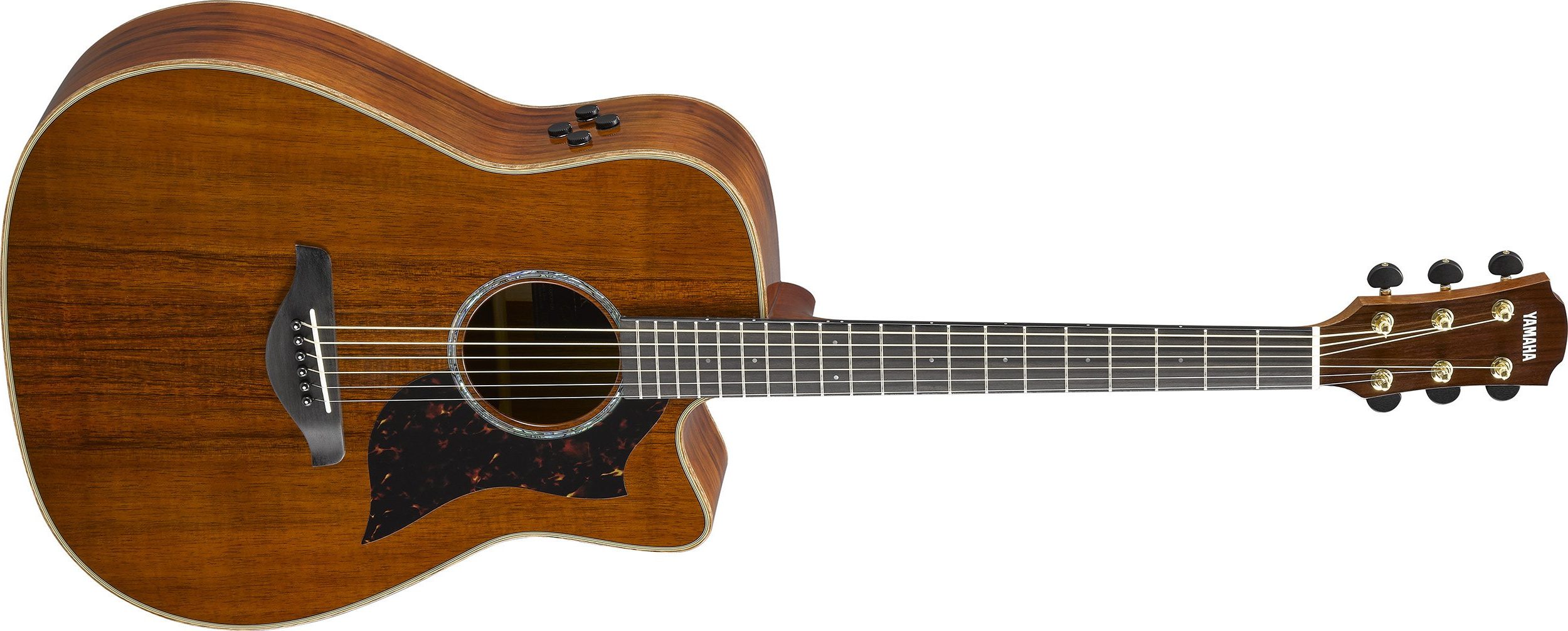
The Wrap-Up
Every performance environment presents its own series of challenges, but through experience, you’ll learn to navigate them. Of course, it helps if you have excellent equipment to support your instruments, and if you know how to get the absolute best out of all the elements of your system.
When it’s showtime, the key to confidence is knowing that you’ve rehearsed thoroughly, dialed in your tone and made every attempt to perfect your stage performance and sound ahead of time.
That way, the next time you’re facing an unpredictable audience in an unfamiliar venue, you’ll have all the tools at hand to turn a tough gig into a great one. Keep smiling, keep the faith in your abilities, and represent your artistry through refined talent, impeccable sound and consummate professionalism.
Photographs courtesy of the author.
Related blog articles:
How to Play Guitar and Sing at the Same Time
Check out Robbie’s other postings.
Click here for more information about Yamaha A Series acoustic guitars.
Click here for more information about Yamaha A4K Limited acoustic guitars.
Click here for more information about the Line 6 Helix guitar processor.
Click here for more information about the Yamaha STAGEPAS 1K Mk II PA system.











